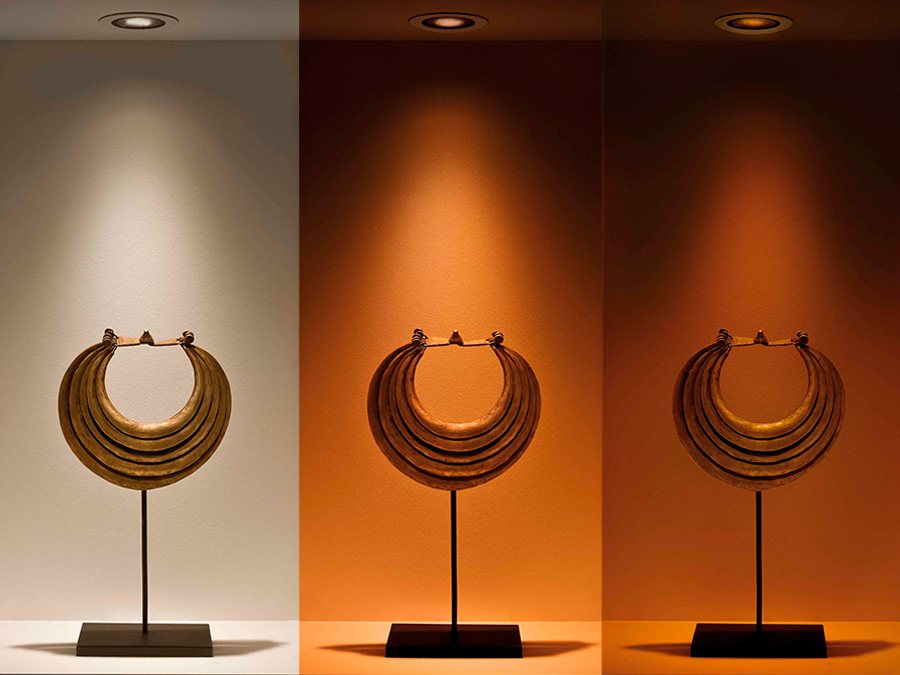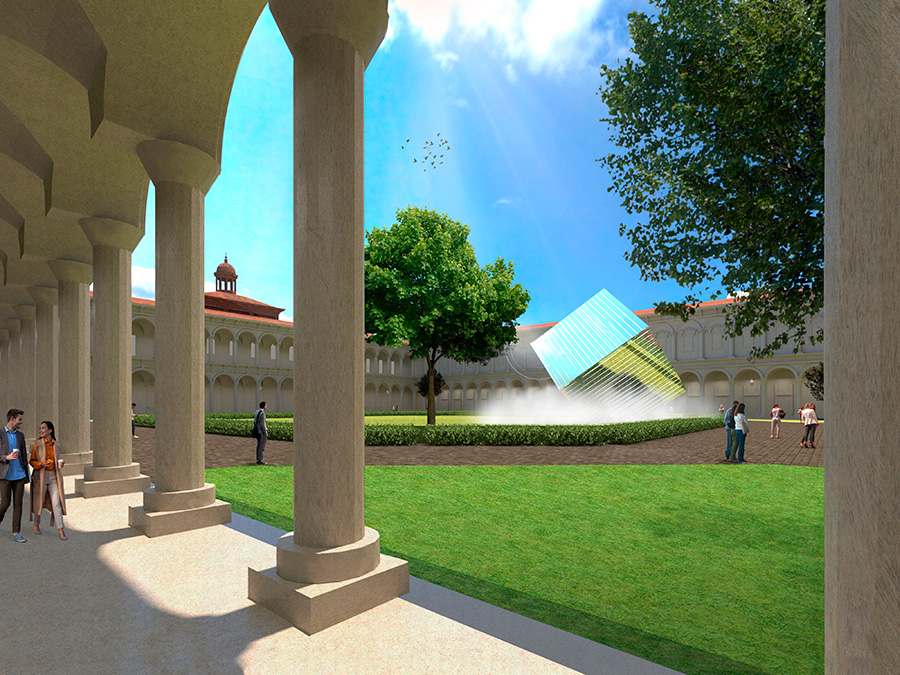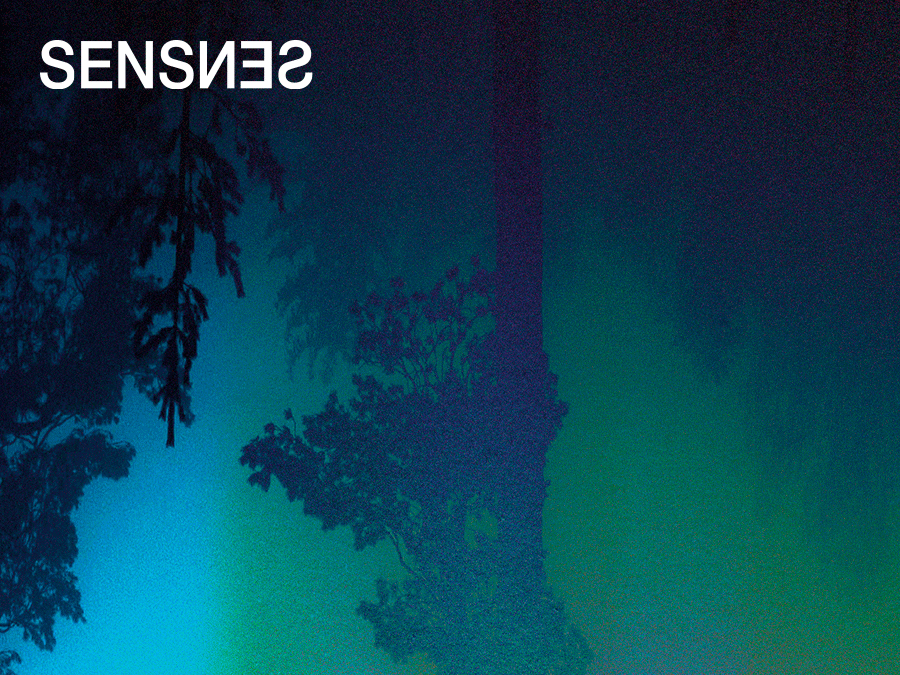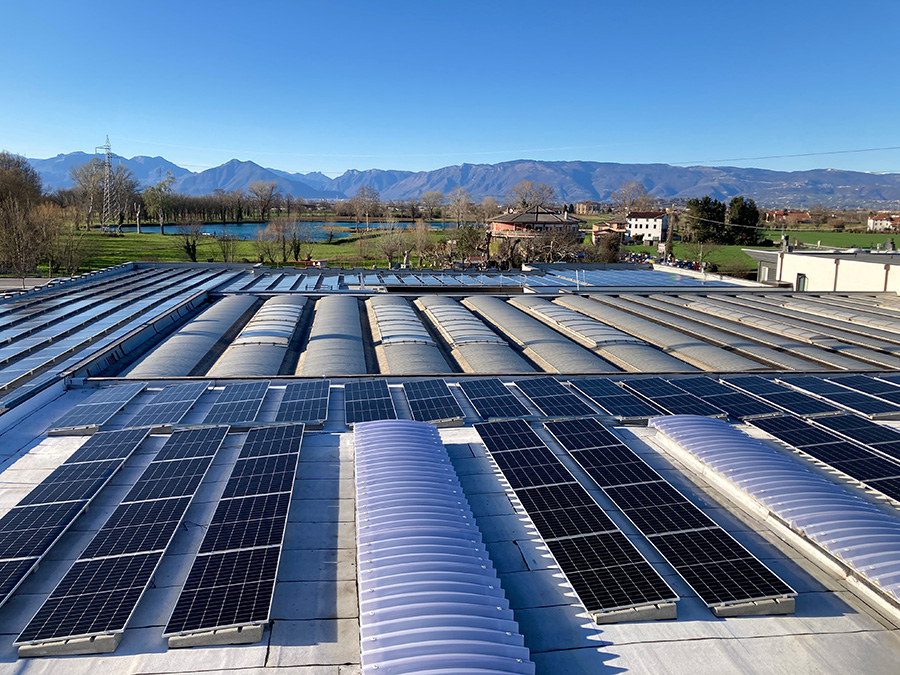Adjusting the lighting to reflect the mood of the moment enables us to live in better harmony with our living spaces. Let’s see how Dim to Warm technology helps with this.
7:30 PM.
Your dinner guests are arriving. The table on the veranda is set – it’s the ideal place to eat on this warm spring evening.
You look around to check there’s nothing missing, and you switch on the light: now everything’s ready.
10:00 PM.
Dinner is over, although there’s always room for another dessert and a liqueur, as the mood mellows with the passing hours.
You reduce the brightness, and the light becomes warmer, perfectly in tune with the atmosphere of shared confidences ... and with Toby, who’s taking the opportunity to doze off under the table.
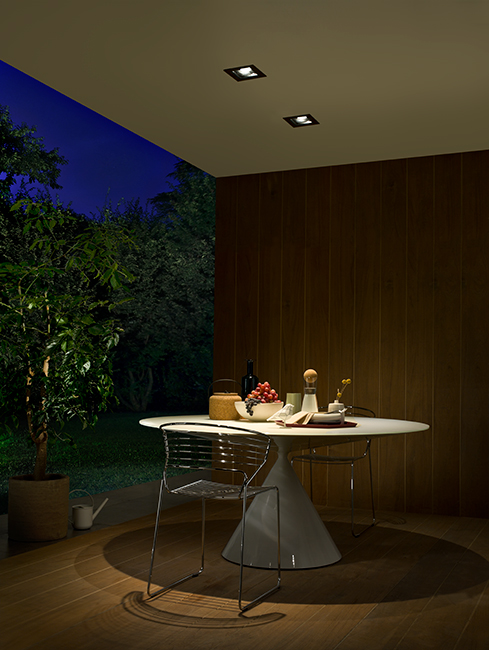
Altopiano 3.7, 15W, 3000K, 31°, cor-ten More about Altopiano
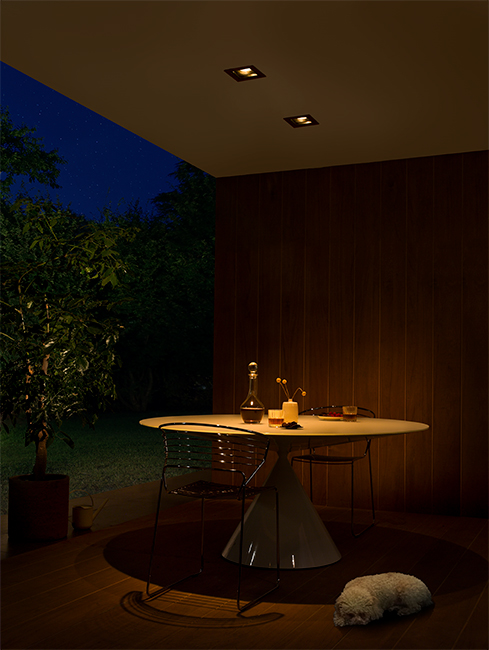
Altopiano 3.7, 15W, 1800K, 31°, cor-ten More about Altopiano
Adjust the lighting to set the mood
We’ve outlined a situation where adjusting the lighting is an easy way to change the mood: the living space in our opening tale was made cosier and more intimate by gradually reducing the luminous flux and producing an increasingly warm light.
Our minds immediately associate an intimate atmosphere with candle light, or an open fire: a very warm and low light.
This is because flames are the most fascinating and familiar light source for us all – a primal memory? Very probably.
If we take a great leap forward from the earliest times to the invention of the light bulb, we can find an interesting parallel with the light produced by flames here, too. Incandescent lamps can be dimmed and, as the brightness decreases, a warmer light colour is produced.
So, once again, a very warm and low light.
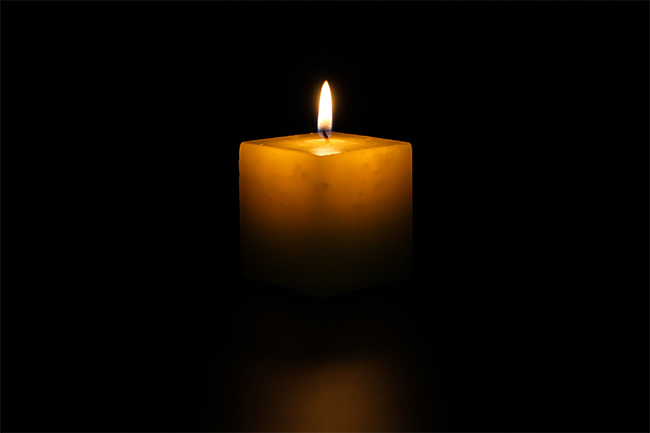
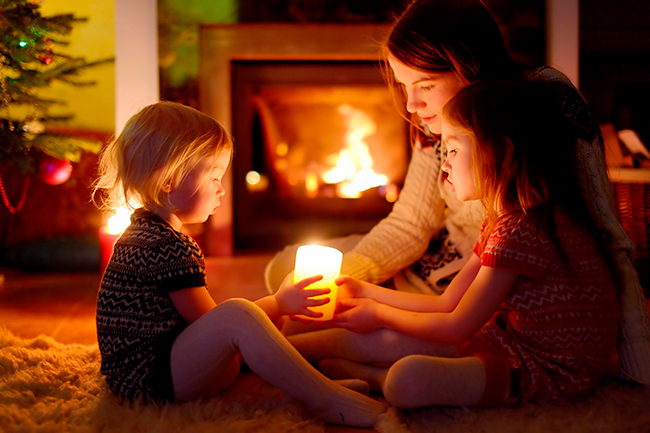
Dim to Warm technology has transposed the experience of using the old dimmable lamps to the world of LED lighting, recreating both the same feeling and the same ease of use.
Let’s see how.
How does Dim to Warm technology work?
Dim to Warm technology decreases the fixture’s luminous flux while simultaneously changing the colour temperature of the LED to a warmer tone.
🟡 at maximum brightness, the light is a 3000K neutral white colour;
🟠 as the brightness is dimmed, the light gradually changes hue until it reaches a warm 1800K at the point of minimum brightness.
The graph below, for the Altopiano 3 downlight, clearly shows how the LED’s correlated colour temperature (K) varies depending on the supplied current (mA). The latter directly affects the LED’s brightness: in other words, minimum current corresponds to minimum brightness.

Altopiano 3.6 / Altopiano 3.7, colour temperature (K) / current (mA)
Important: changing the colour temperature and brightness with Dim to Warm technology does not cause a change in the colour rendering index (CRI), which remains constant; in the case of Altopiano, for example, the CRI remains >90.
L&L Dim to Warm fixtures are controlled by the DALI-2 protocol, the latest version of the DALI standard, which allows lighting systems to be managed and programmed digitally. The Dim to Warm brightness / colour temperature variation can be changed throughout the day, adapting the light, and thus the mood, as the hours pass.
In addition, if you use the Casambi app to manage the lighting in your living spaces, you can control the Dim to Warm lamps from your mobile devices, such as smartphones and tablets, and set the dimming automatically within the lighting scenes you create and schedule.
Dim to Warm and its applications
Fixtures with Dim to Warm technology are ideal for private homes and hospitality, where, after a certain hour, situations are likely to occur where people are no longer performing tasks that require visual effort, and instead want to enjoy a relaxing atmosphere or one that is conducive to sleep.
In these cases, Dim to Warm is the flexible solution that is able to both provide the right ambient lighting for an activity such as a dinner party and change to a more intimate tone when needed, such as for a bedtime drink or a cosy late-night chat.
Although, at first, we might associate the technology with indoor spaces, in reality the Dim to Warm solution is also suited to outdoor use. It can supply the right atmosphere in porches, terraces and verandas: living spaces where the activities, and therefore the lighting requirements, may change throughout the evening and into the night.
A final, but equally important, consideration regarding the use of Dim to Warm outdoors relates to respecting the circadian cycles of the surrounding environment.
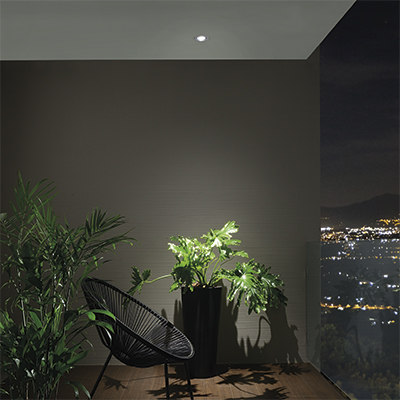
The outdoor areas mentioned above are very often adjacent to gardens and green spaces. If, late at night, instead of keeping some lamps on at 100% as a courtesy light, we exploit the possibilities of Dim to Warm and reduce the brightness, we get a very warm light that minimises emissions in the blue wavelengths, to respect the wellbeing of the nature around us.
Where would you use Dim to Warm technology?

